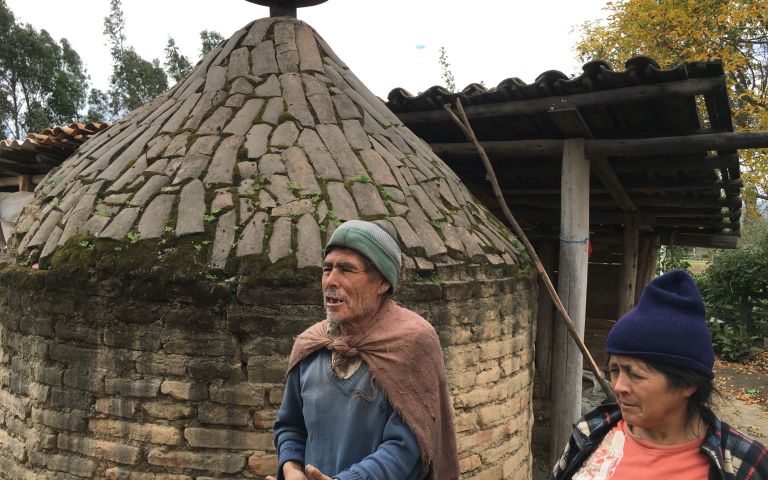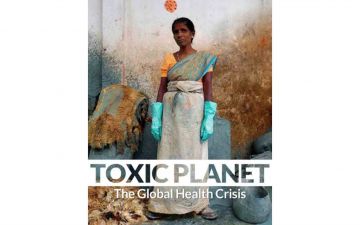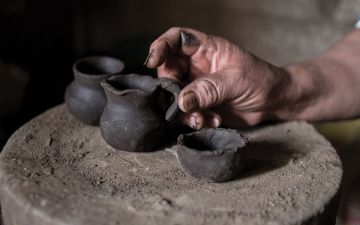The primary occupation of adults in La Victoria, Ecuador, in the early 2000s was ceramic production, with lead glazes obtained directly from discarded lead-acid car batteries. A shocking number of children were affected by lead toxicity and suffered neuro-developmental, behavioral, and physical disabilities.
Over the past 15 years, awareness of the problem has surfaced and some changes have been put into effect, but the people now suffer from economic marginalization and poverty—the legacy of lead hangs low over the village.
In this project, student fellow Caitlin Cotter looks at the continuing use of lead, either by small pockets of roof tile artisans using low-fire backyard kilns, or through a new glazing material sanctioned by the Ministry of the Environment, which contains hidden lead.
The level of lead exposure may be decreasing, but the continuation of these techniques as well as long-standing environmental contamination may be causing the accumulation of blood lead in local villagers to plateau at dangerous levels.



